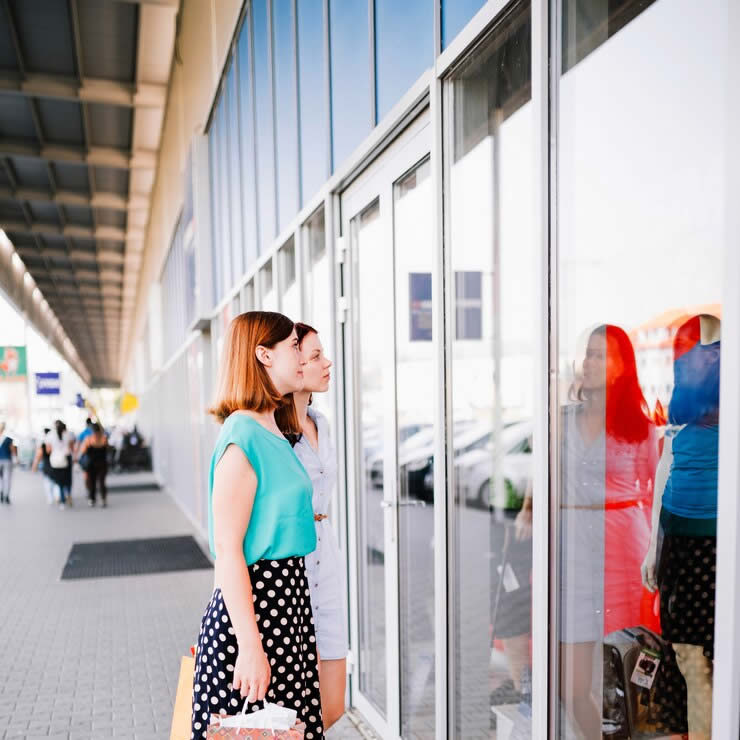
Convenience and aesthetics are the major reasons siding doors became popular. Other factors include the overall experience for users. However modern sliding doors are designed with some security features allowing only individuals with required permissions access to certain areas.
As with every other mechanical device, they might sometimes encounter problems and stop working normally. So how do you troubleshoot or identify defects in your sliding doors? Here, we have provided some tips that would help you troubleshoot your sliding doors.
Make sure that the door is properly plugged in and that the wires have no cracks.
Malfunctions may arise from variations in power or power interruptions. In most cases, disruption of the power supply may damage major components of the sliding door as most of them are electrically powered. If the problem continues, you can contact a locksmith to have a look. Call a locksmith for sensor replacement if it is not working after proper cleaning.
Sliding door sensors are invisible to the ordinary eye. The door become dysfunctional if they are not working properly. The motion sensors may become inoperable due to dust, debris, or other obstructions. Make sure your sensors can accurately detect movement by giving them regular cleanings and inspections.
The tracks and rollers of automated sliding doors may get rusted or clogged with material over time. Verify that the rollers are moving smoothly and look for any blockages in the tracks. To avoid problems caused by friction, lubricate the moving parts regularly.
Several self-closing sliding door systems also offer adjustable speeds and sensitivities. Adjusting such settings sometimes solves problems when the doors are moving faster.
Consult the manufacturer's handbook for the instructions to make these modifications.
Check that the buttons, pressure pads, and motion sensors that activate doors are in good working order. Doors that don't open or close as designed can be caused by malfunctioning activation devices.
Safety elements are incorporated in automatic sliding doors to avert accidents.
Check that the safety sensors are functioning correctly. This will help you to identify obstructions and stop the door from shutting on persons or objects. Replace any broken safety components or recalibrate the system as needed.
Minor issues can occasionally be fixed with a straightforward reset of the control system. Refer to the manufacturer's manual for specific model-specific instructions on how to reset the automatic sliding door system.
Professional maintenance is necessary for the smooth running of the automatic sliding doors. Schedule annual evaluations to be carried out by licensed practitioners or locksmiths, so that these potential faults do not become worse over time.
However, should the problem with your automatic sliding door persist, then you consult an expert/professional locksmith. They are trained to repair, maintain, or perform door lock replacement services.
Conclusion
The troubleshooting tips we have shared will help you solve common problems associated with automatic sliding doors, and therefore, extend their lifespan. Remember that GreenPro Locksmith is ready to assist you with all your lock replacement needs, call us today.
Most times, lockout incidents occur out of the blue without warning. It could destabilize all your plans for the…
Sometimes, people are shocked when they notice that their car key fob battery dies so quickly. Many factors could contribute to…
Homeowners using traditional locks often experience lockout issues when they lose their keys. As a result, they are open to security…
Car lockouts involving children or pets are terrifying, to say the least! Most parents deal with this common lockout situation.…